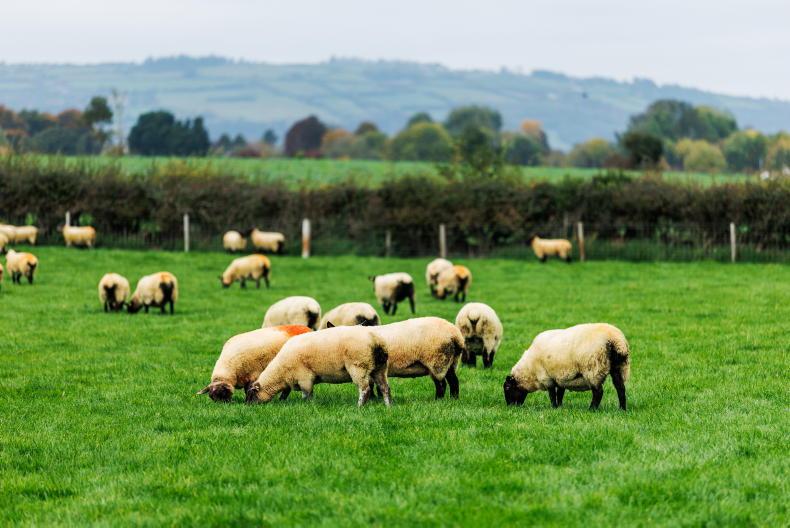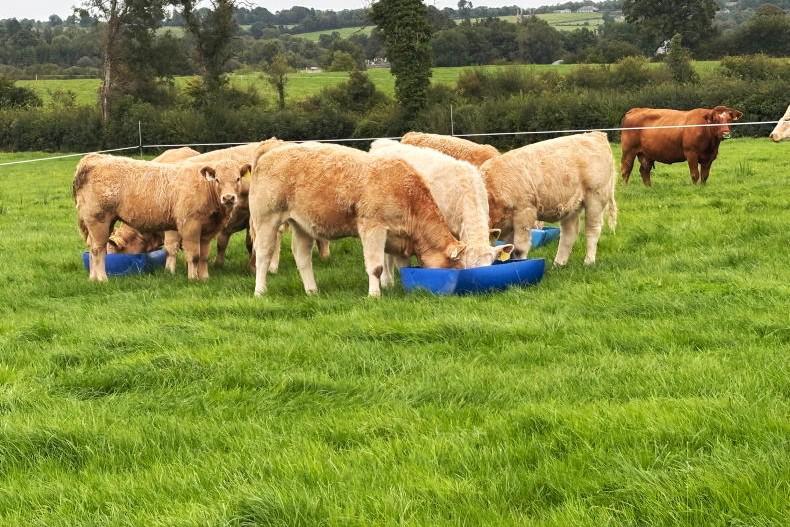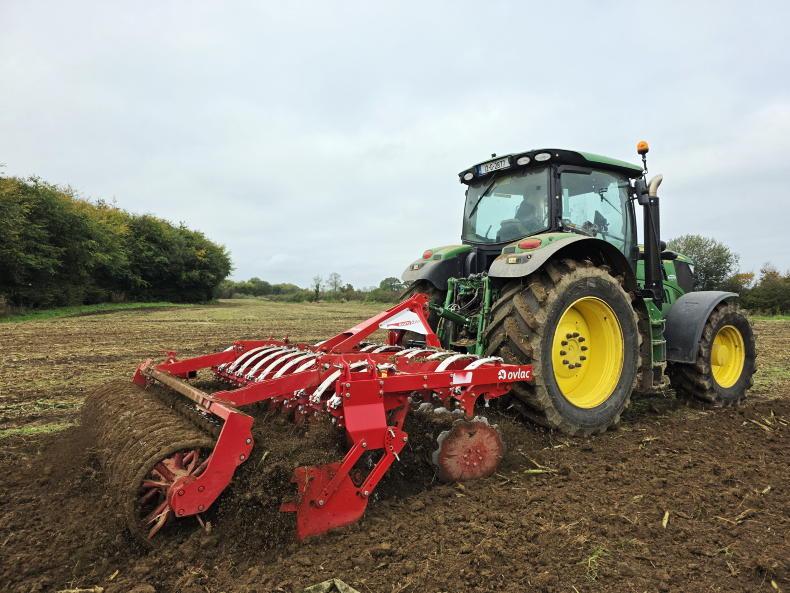Beef Welfare Scheme
There is still very little clarity around autumn born weanlings that were sold and their eligibility for the €50/cow beef welfare scheme.
Once meal has been fed to these weanlings four weeks before weaning and two weeks after weaning and before they were sold, they will be eligible for the €35/head meal feeding element.
It’s as yet unclear if there is any way that these autumn born weanlings will be eligible for the €15/head vaccination part of the scheme.
The scheme won’t open until early August, but it’s important that you start the vaccination programme as soon as possible if you are planning to sell weanlings in September.
Most of these vaccination programmes require an initial shot followed by a booster shot four to six weeks later. If animals are vaccinated next week with the first shot, it will be early September before they can be sold.
Autumn reseeding
Many drystock farmers choose autumn to reseed as grass demand is lower, so it suits to take it out of the grazing rotation. It’s important not to leave it too late. It’s too costly not to get right.
If spraying off with glyphosate, the advice is to leave it for three weeks to get a good kill. Reseeding needs to be completed by the first week in September to give it every chance.
The Teagasc Pasture Profit Index should be used when selecting varieties. On more difficult land, more diploids will provide better ground cover.
Soil fertility is key, and having land at the correct pH along with index 3 status for P and K is very important. Another important aspect is appropriate application of nitrogen in the following years.
Low fertiliser applications on reseeds will lead to the new grass dying off and allow old grass and weed grasses to dominate the sward again.
On some very low stocked farms, correcting soil fertility issues may be a better move rather than reseeding and will be less costly. There is no point in going to the cost of reseeding if you are not going to feed it for growth.
There is increasing interest in red clover silage and multispecies swards, but you need to tailor management to the type of sward you are growing.
Incorporating white clover into swards is a no brainer, and any grass seed mix being used on a drystock farm should have 4-5kg/ha of white clover incorporated into the seed mix.
Feed Options
Where you are feeding high levels of meals over the winter, this time of year is always a good time to look at the option of buying directly off the combine.
Large mobile rollers are now available through many contractors around the country. These machines roll and apply additives to the crop at a rate of up to 30 tonnes per hour.
Cost will depend on moisture content of the grain.
At 18-20% moisture, you are looking at the acid costing between €15/t to €30/t, with rolling costing a further €15/t to €20/t. Having adequate storage facilities is important to keep it clean and dry.
Rations don’t need to be complicated with too many ingredients, and simple barley-based rations will do a good job on finishing farms.









SHARING OPTIONS